Life Jacket Types & Designs
Types of Personal Flotation Devices
Personal Flotation Devices (PFDs) also known as PFDs or lifejackets, save lives. It's as simple as that.
It's why the U.S. Coast Guard requires that PFDs be carried onboard all vessels. They are the most important piece of safety equipment on your boat, and you should wear one whenever you're boating.
When you're choosing a PFD, you need to make sure that:
- It is the appropriate type for your boating location and activity;
- It is the right size and has enough buoyancy to support you in the water; and
- It is approved by the U.S. Coast Guard
| PFD Type | Best For | Disadvantages | Notes |
|---|---|---|---|
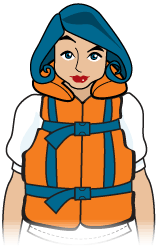
Type I: Offshore Life Jacket |
All waters, especially open, rough, or remote waters where rescue can be delayed | Large and awkward; difficult to swim in |
Adult size: 22 lb. of buoyancy.
|
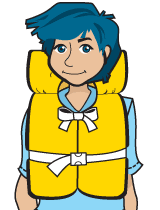
Type II:
|
Calm, inland waters where there is a good chance of rescue | May not turn some unconscious wearers face-up |
Adult size: 15 1/2 lb. of buoyancy.
|
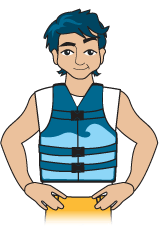
Type III: Flotation Aid |
Calm, inland waters where there is a good chance of rescue | Wearers must put themselves in face-up position |
Same buoyancy as Type II.
|
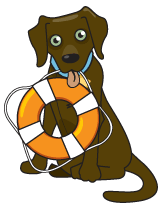
Type IV: Device |
All waters where help is present | Not designed to be worn; intended for use in waters with heavy boat traffic |
Designed to be thrown and grasped until rescued; never worn.
|
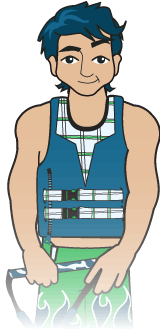
Type V: Special Use Device |
Specific activities; check approval condition on label | Some Type Vs are designed for cooler climates and others are approved only when worn |
Some Type V devices provide hypothermia protection.
|
